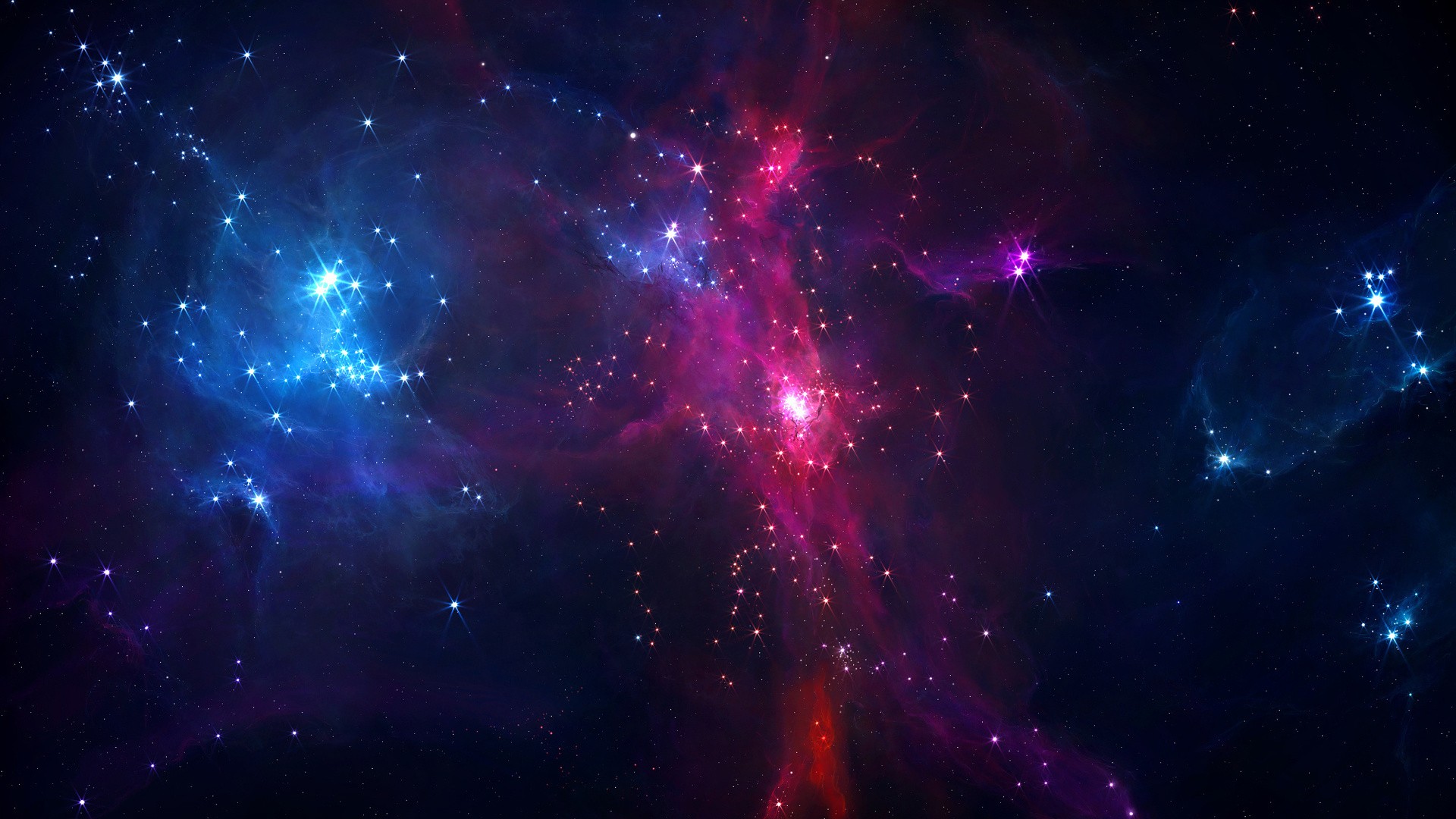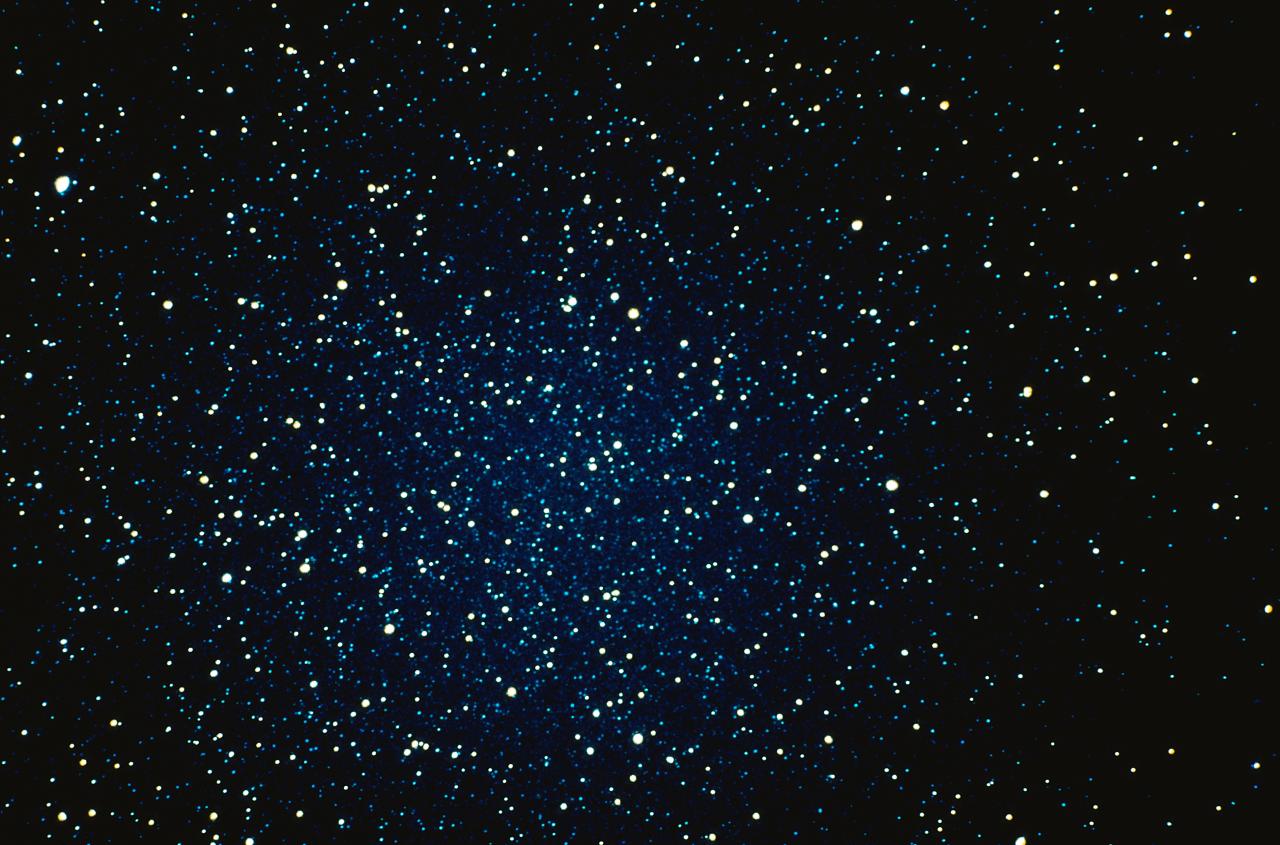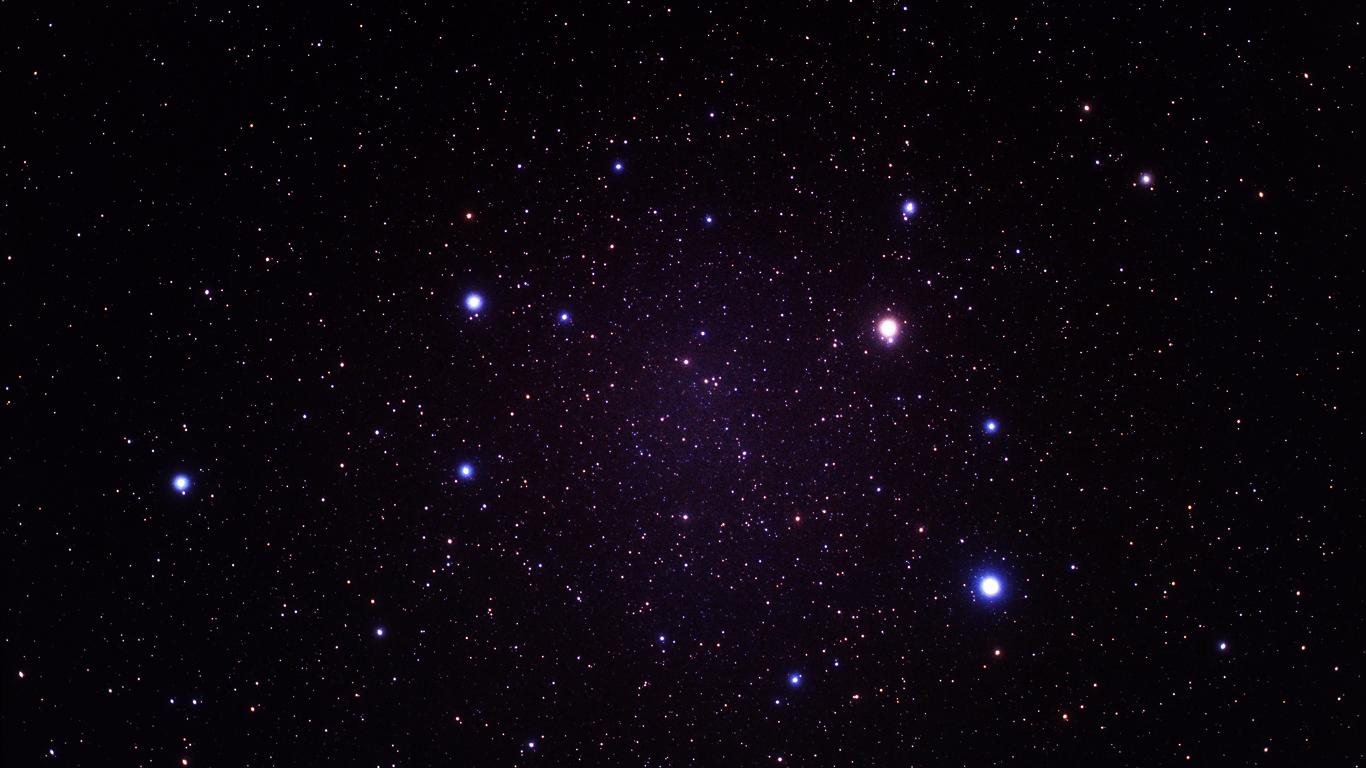
Are there Earth-like planets in a neighboring star system? A new campaign called “Pale Red Dot” aims to show the public in real-time how to push astronomy to its limits to possibly find out.

Kepler has now discovered more than 100 confirmed alien planets during its second-chance K2 mission, researchers announced today (Jan. 5) here at the 227th Meeting of the American Astronomical Society (AAS).

This was a golden year for planetary exploration thanks to all of the NASA and European Space Agency missions that were planned and implemented decades ago. Not since Apollo and the epic space race of the Cold War has space featured so heavily in the public eye.
The astronomers who found it think the planet is rocky and resides within the habitable zone -- close enough to its host star to host liquid water.

For the first time, astronomers have directly observed a planet in the making.

There is a peculiar system 1,600 light-years from our solar system. It is composed of two brown dwarfs, massive objects too big to be planets and too small to fuse hydrogen and become stars. But that is not the strange part: Scientists have now discovered a Venus-sized planet around the smaller brown dwarf.

Astronomers have found a rocky planet orbiting a small star that is within easy telescope views from Earth.

Humans may feel small when contemplating the universe, but astronomers are closer than ever to at least making us feel a little less lonely thanks to a new method of measuring planetary habitability and advances in telescope technology.

The James Webb Space Telescope (JWST), as the largest space-based astronomical observatory with near- and mid-infrared instrumentation, will elucidate many mysterious aspects of comets.

Some 300 hot Jupiters have been identified over the past two decades, and this is the first time any close-in planets were discovered.

The new field of exoplanet science has progressed rapidly in the last two decades: Astronomers have now confirmed the existence of nearly 2,000 planets beyond our own solar system.

A record-breaking star system has been discovered, playing host to nine alien worlds -- including three "super-Earths."
Astronomers using ESO's leading exoplanet hunter HARPS have today announced more than fifty newly discovered planets around other stars. Among these are many rocky planets not much heavier than the Earth. One of them in particular seems to orbit in the habitable zone around its star. In this video news release we look at how astronomers discover these distant worlds and what the future may hold for finding rocky worlds like the Earth that may support life.